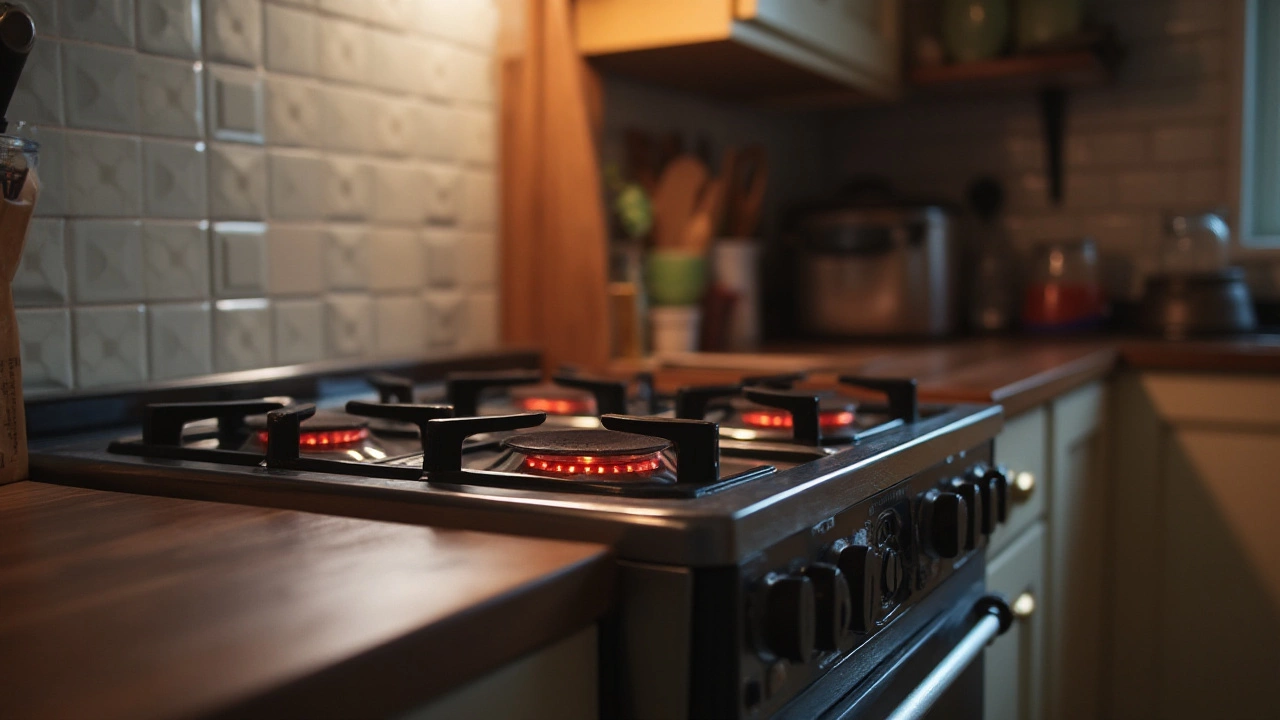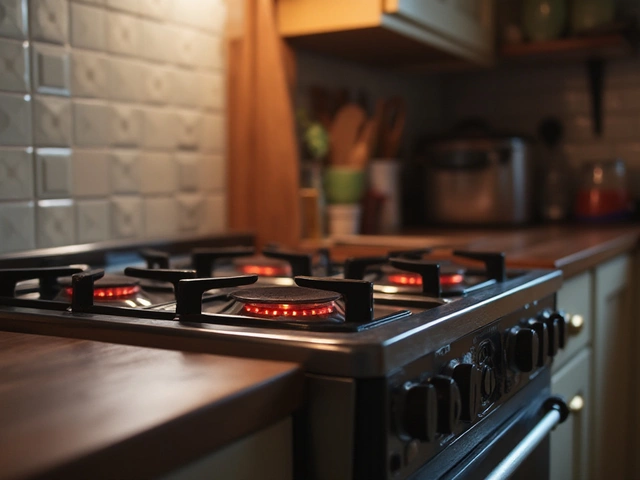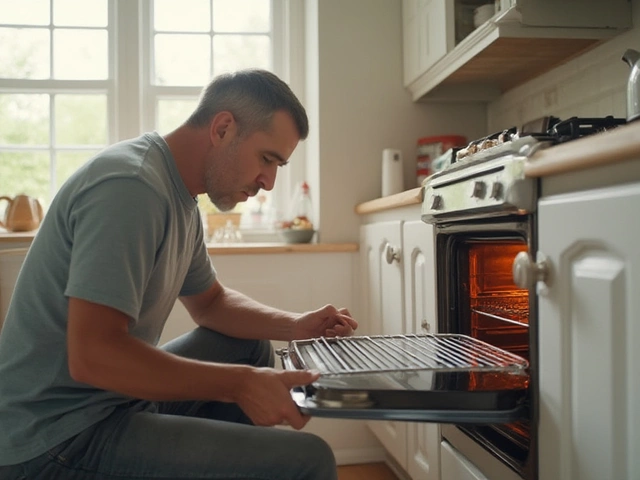Is Repairing Your 15-Year-Old Oven Worth It? A Guide to Electric Oven Troubleshooting
December 14 2024Faulty Element: Identify and Fix Oven Heating Issues
If your oven refuses to heat, cooks unevenly, or makes a funny smell, the heating element is probably the culprit. A bad element wastes energy, ruins meals, and can be a safety risk. The good news? Most element problems are easy to spot and many can be solved without a big bill.
Common Signs Your Oven Element Is Going Bad
First, look for these tell‑tale signs:
- Nothing heats up. Turn the oven on and the display shows the temperature, but the interior stays cold.
- Hot spots. Food cooks faster on one side or the broiler seems to melt cheese in a few seconds while the rest stays lukewarm.
- Flickering or buzzing. You might hear a low hum or see the element glow then go out.
- Strange odors. A burnt or metallic smell usually means the element is overheating or touching something it shouldn't.
- Visible damage. Cracks, broken coils, or black spots on the metal coil are obvious red flags.
When you notice any of these, it’s time to test the element.
DIY Fixes and When to Call a Pro
Testing an element is simple with a multimeter. Set it to the ohms (Ω) setting, touch the probes to the element’s terminals, and read the resistance. A healthy element shows a steady reading between 10‑40 Ω. If the meter reads infinite or zero, the element is broken and needs replacement.
Replacing it yourself is usually a handful of steps:
- Safety first. Turn off the oven at the breaker or unplug it.
- Remove the old element. Most ovens have a metal screw or two holding the element in place. Unscrew, then gently pull the element out.
- Disconnect the wiring. Clip the connectors or unscrew the wire nuts. Take a photo first so you know how to reconnect.
- Fit the new element. Slide it into the same spot, secure the screws, and reconnect the wires.
- Power up and test. Turn the breaker back on and run the oven for a few minutes. It should heat evenly and without odd smells.
If the oven still won’t heat after you’ve swapped the element, the problem might be with the thermostat, control board, or wiring. Those parts require a qualified gas engineer or appliance technician. Also, if you’re not comfortable handling electricity, call a pro from the start – it’s safer and can save you time.
Keeping the element in good shape is easier than you think. After each heavy cooking session, wipe away grease and food splatter with a damp cloth. Avoid using abrasive cleaners that can scratch the coil. A quick visual check every few months will catch corrosion before it causes a failure.
Bottom line: a faulty oven element is a common, fixable issue. Spot the warning signs, test with a multimeter, and replace it if needed. When the problem goes deeper, trust an experienced engineer to keep your kitchen safe and your meals on schedule.
 5 Dec
5 Dec
How to Identify a Malfunctioning Electric Stove Element
Discover the signs of a faulty electric stove element to efficiently address kitchen appliance issues. This guide provides insights into typical symptoms, such as uneven heating and visual damage, helping you to diagnose potential problems. Tips on safe testing and maintenance advice ensure you can handle minor repairs or know when to call a professional. Understanding your stove's inner workings can save time and costs, preserving the life of your appliance.
Read More...



